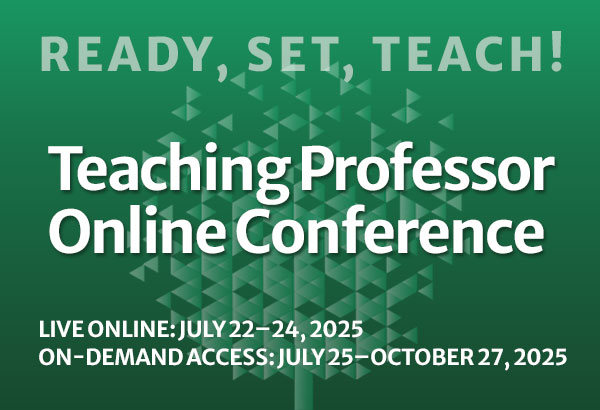Here’s a list of some practical suggestions taken from a neat, “miniature guide for those who teach on how to improve student learning.” (reference below) The guide was prepared by Richard Paul and Linda Elder, both well-known experts on critical thinking.
- “Focus on fundamental and powerful concepts with high generalizability. Don’t cover more than 50 basic concepts in any one course.” Instead of presenting more new material, spend the time thoroughly analyzing these fundamental concepts.
- Keep these basic concepts in the “foreground.” When a new concept is presented, weave it into those that students already understand. Show how the whole relates to this new part and how the part relates to the whole.
- “Speak less so that they [students] think more.”
- “Don’t be a mother robin—chewing up the text for the students and putting it into their beaks through lecture.” The goal instead is to teach students how to read the text for themselves.
- Model good critical thinking for students. Think out loud for students; puzzle your way through problems. “Try to think aloud at the level of a good student, not as a speedy professional.” Students will not think they can emulate the thought process if the problems are too advanced and you work through them too quickly.
This miniature guide is part of a “Thinker’s Guide” series that covers 12 topics, including active and cooperative learning, ethical reasoning, how to study and learn, and critical thinking. Some of these guides are written for students as well as faculty. For information about this guide series as well as other resources on critical thinking, visit this website: http://www.criticalthinking.org/.
Reprinted from Improve Thinking: Improve Learning, The Teaching Professor, April 2006.
Post Views: 2,753





